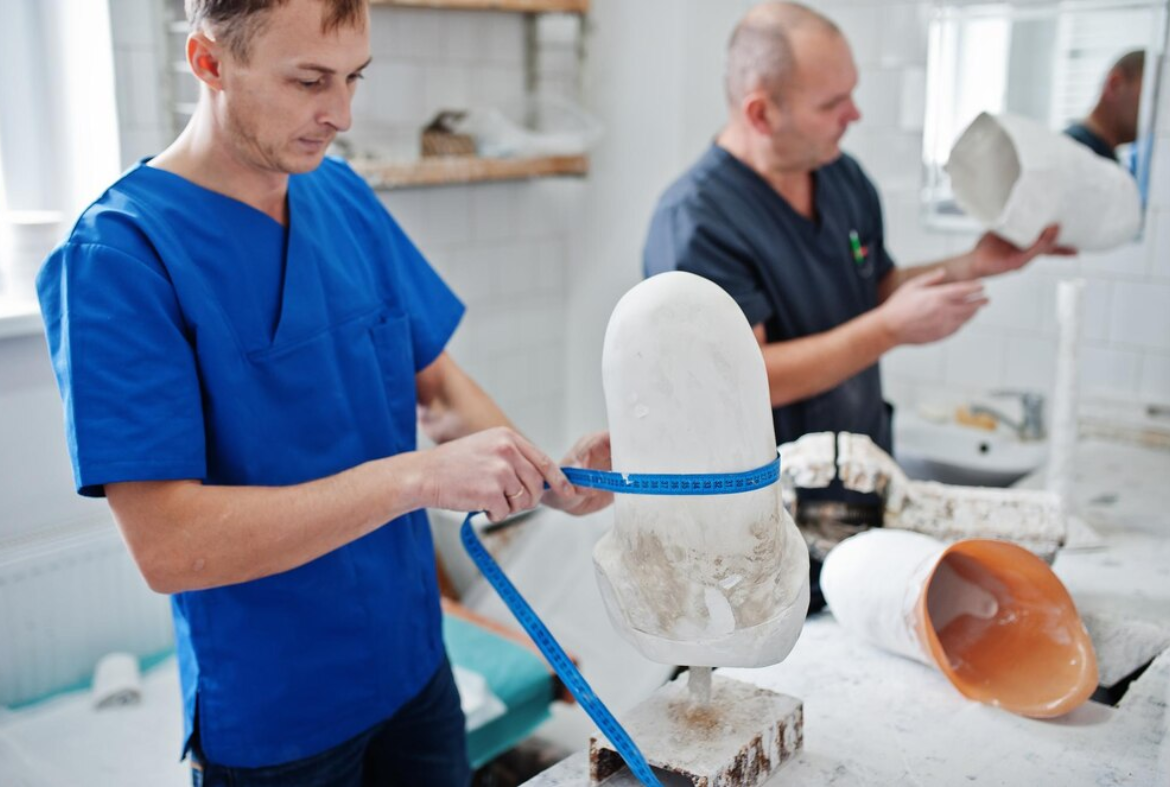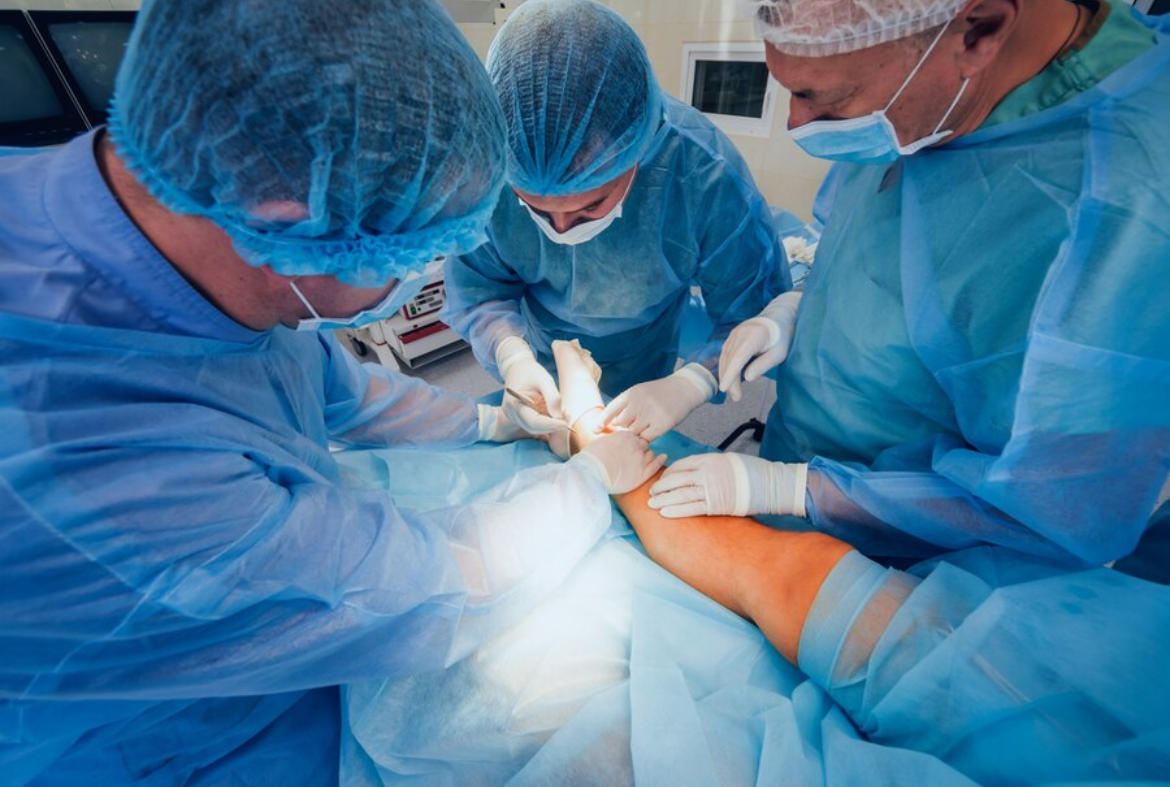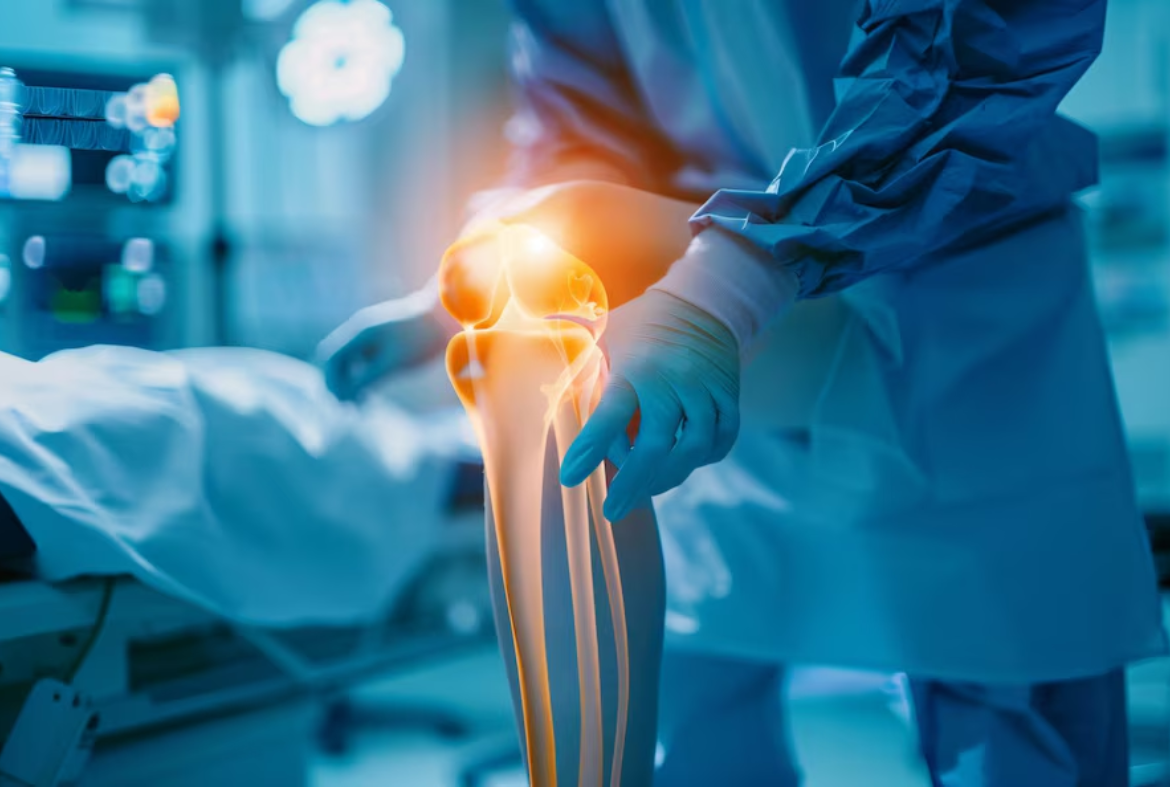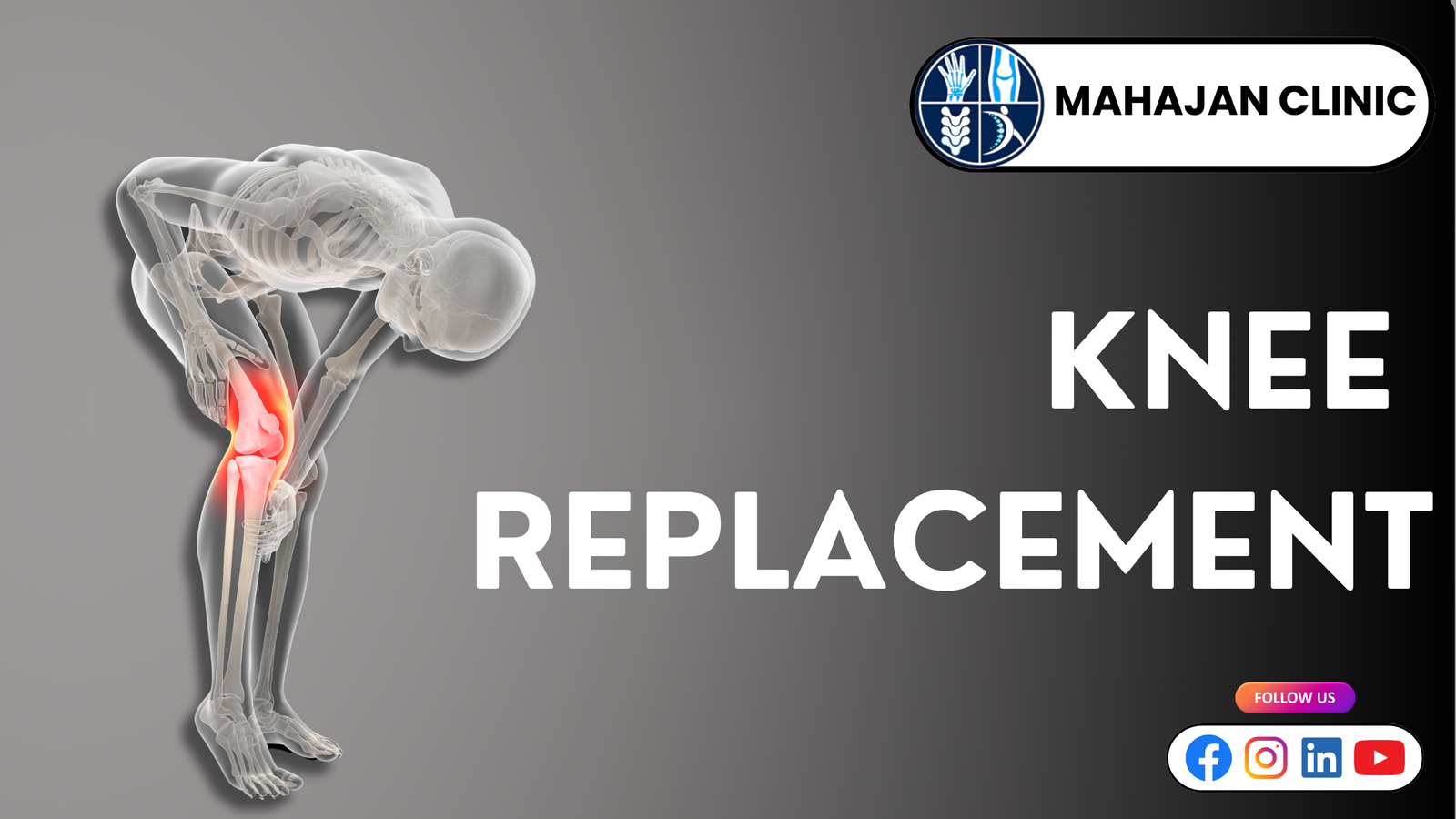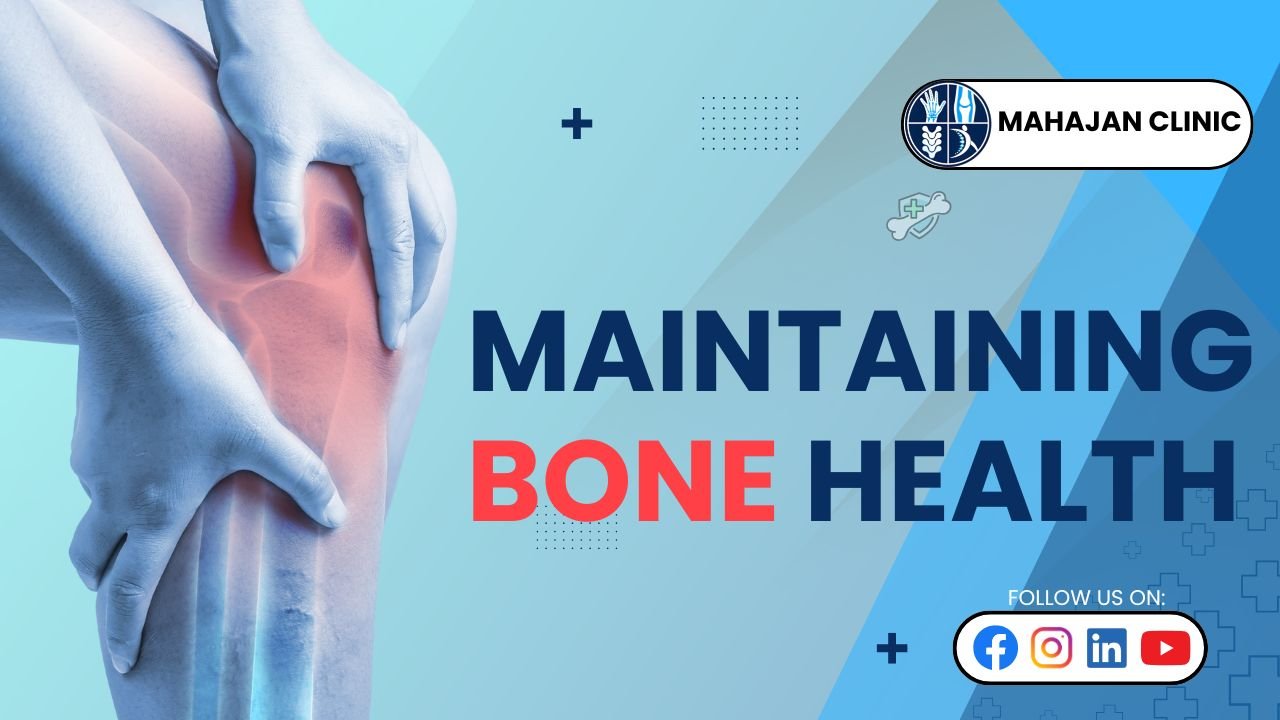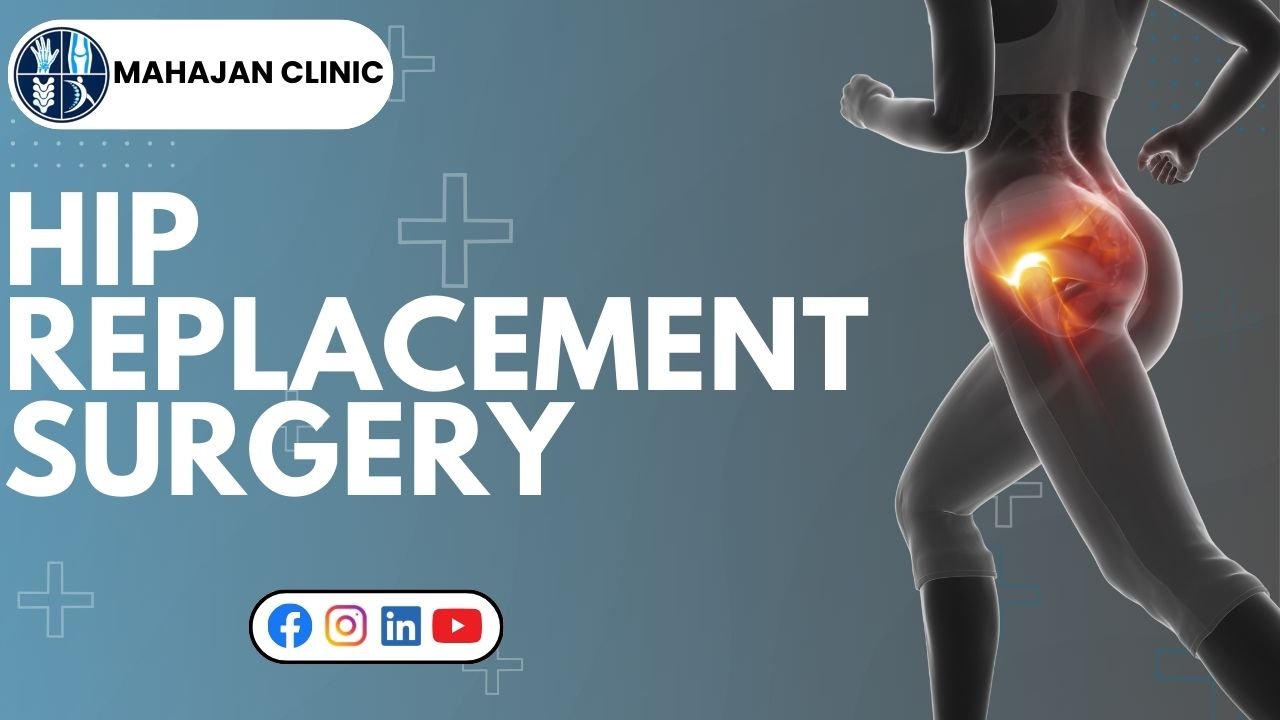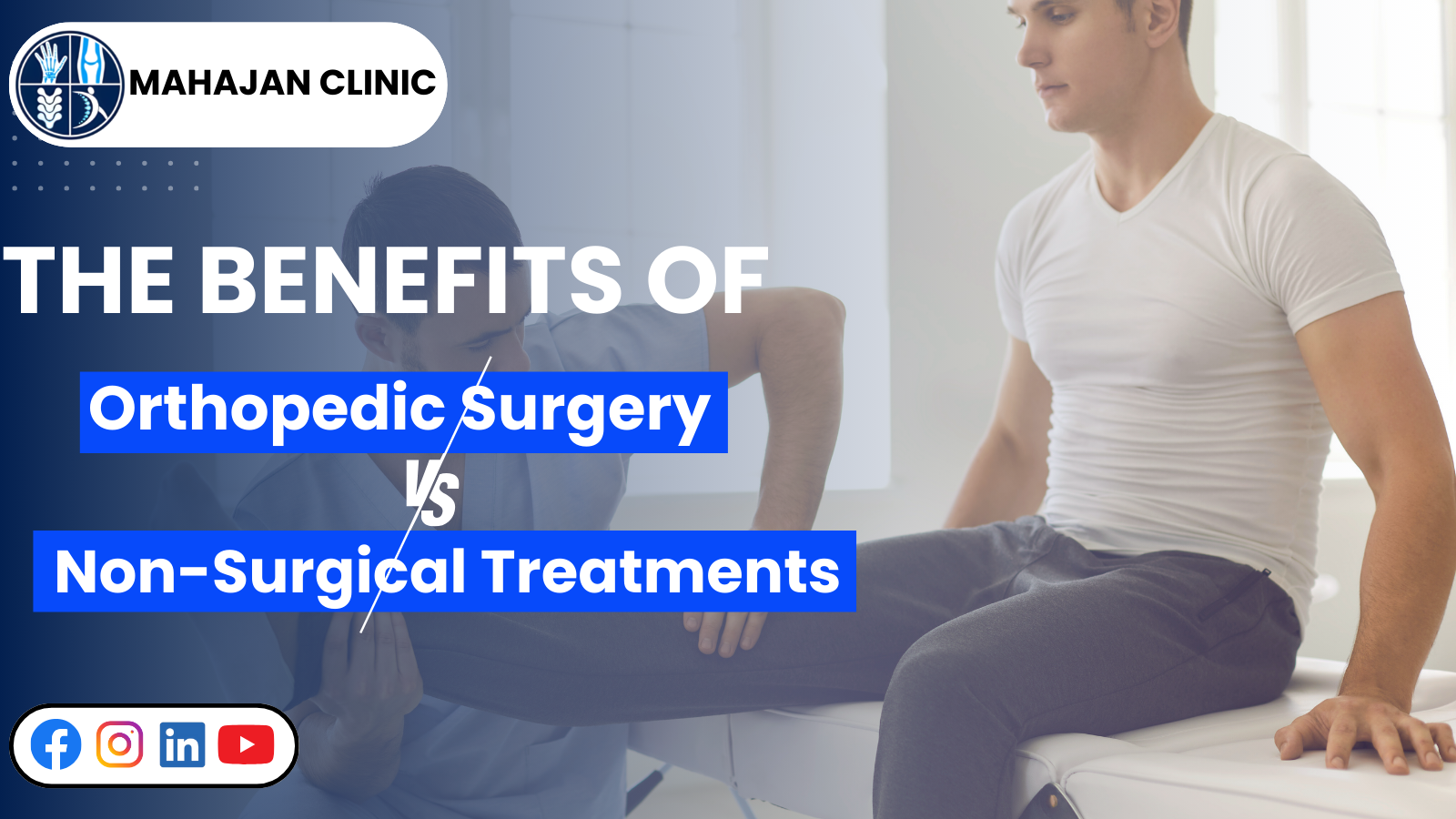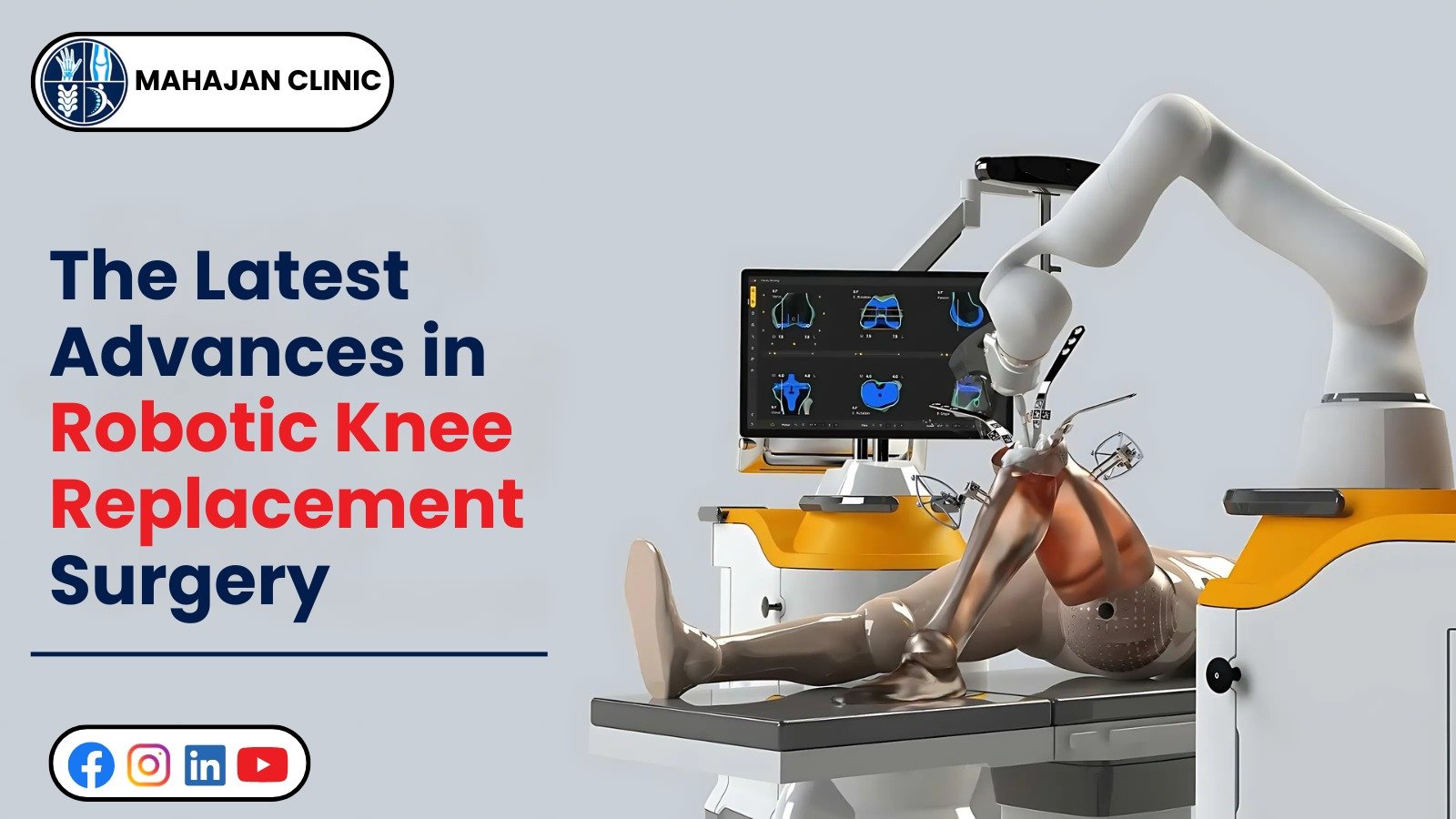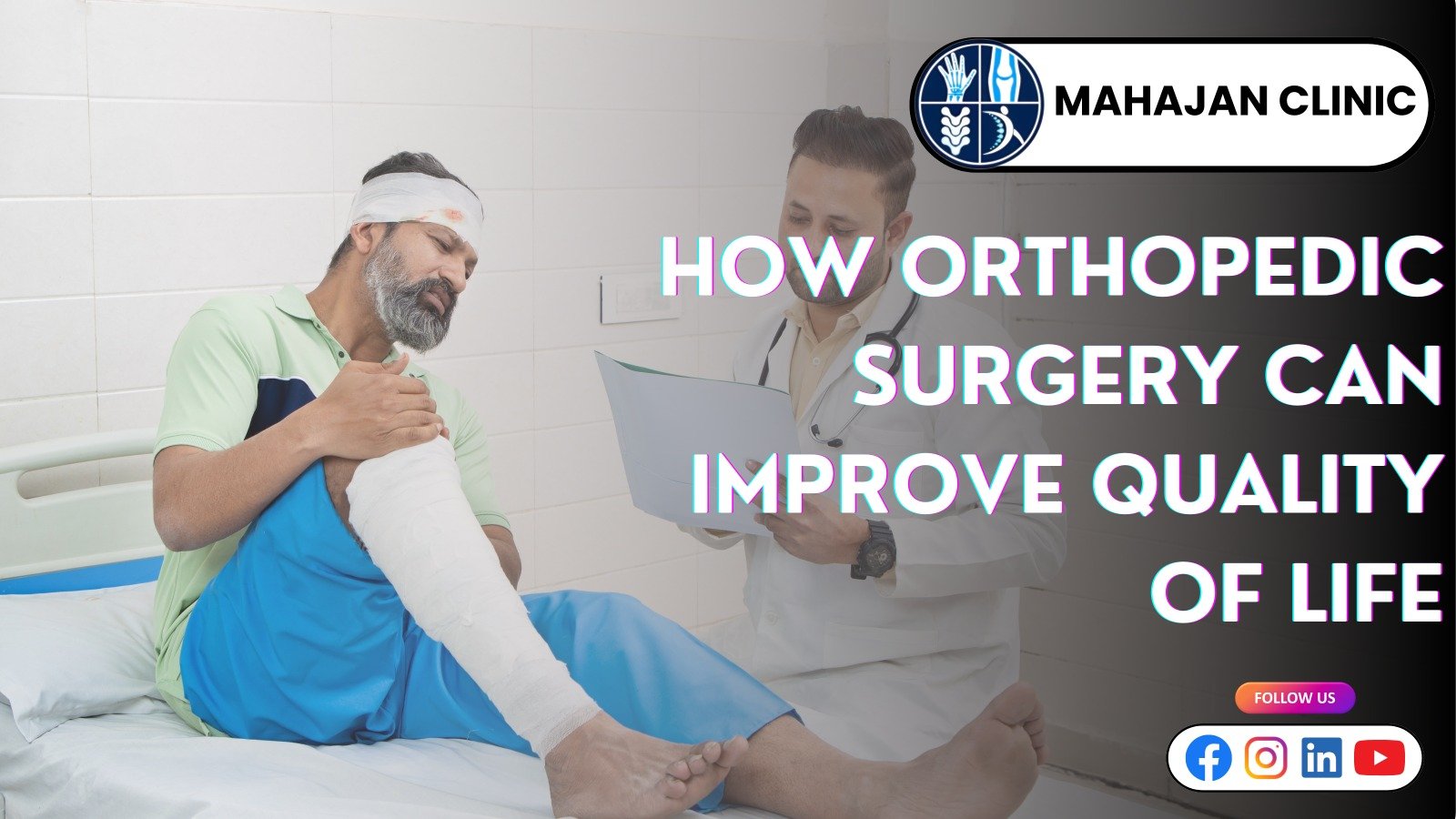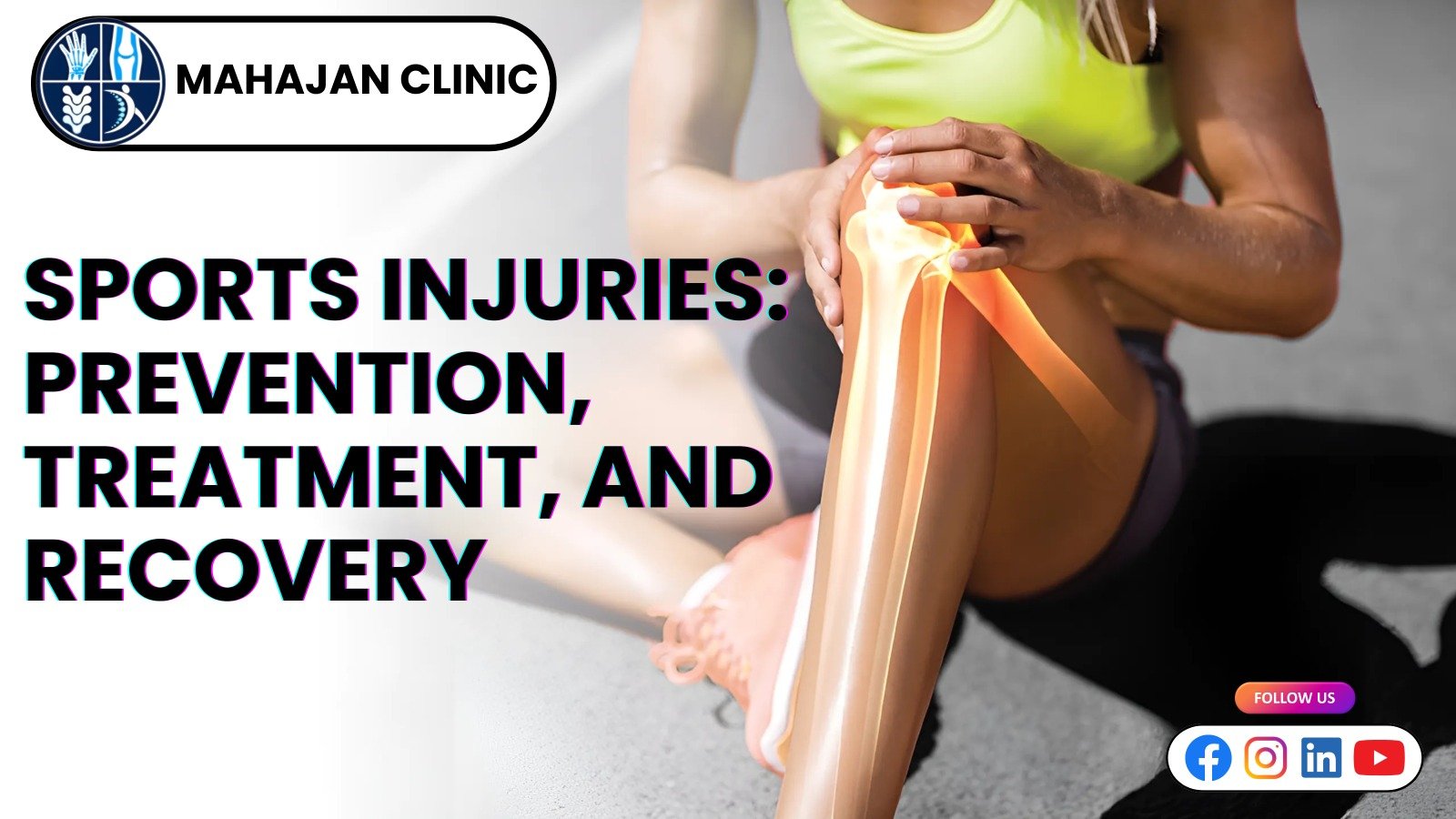Blog Details
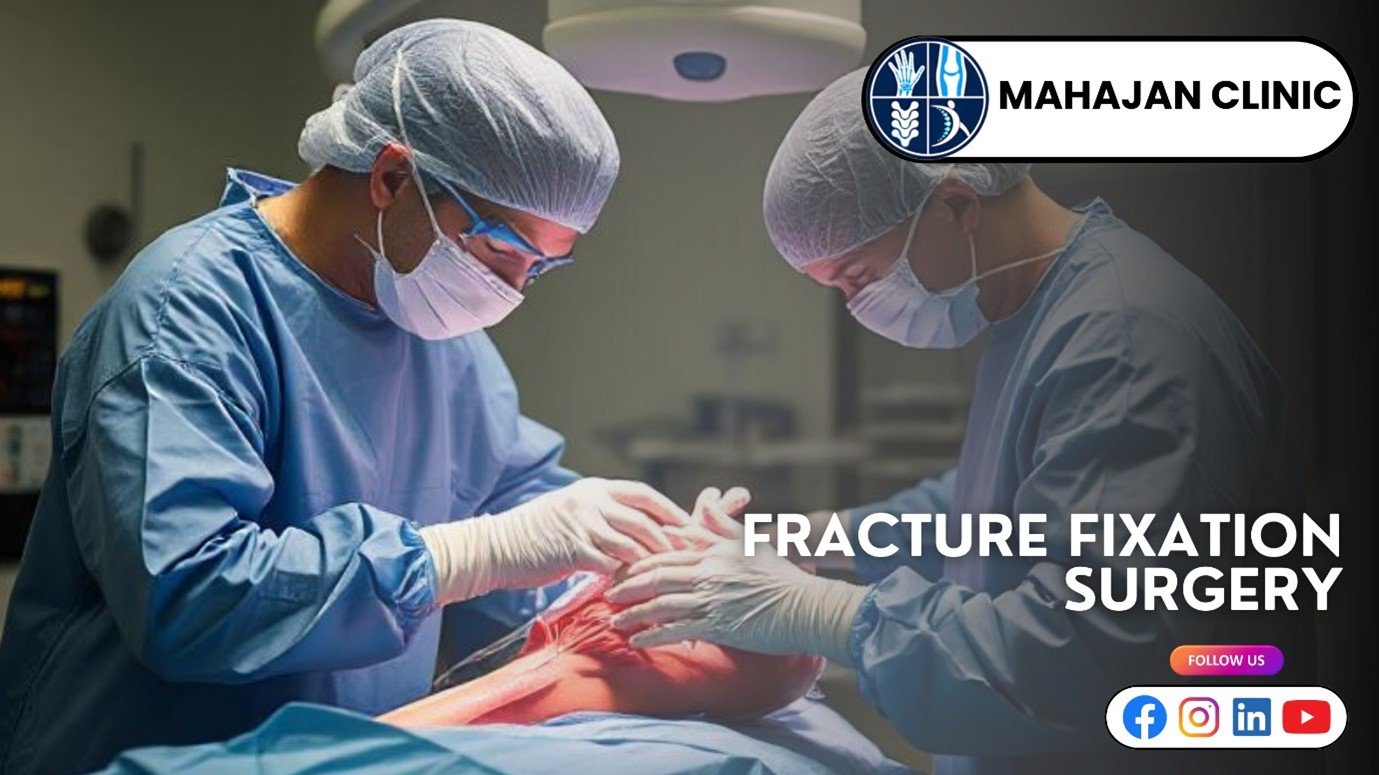
Fracture Fixation Surgery: Internal vs. External Methods
Restoring function and promoting appropriate healing are critical aspects of fracture treatment. Dr. Rakesh Mahajan at Mahajan Clinic emphasizes how recovery results can be significantly impacted by prompt intervention and the choice of surgical technique. The kind, location, and severity of fractures vary, and each situation calls for a different strategy. Surgeons generally divide fracture fixation procedures into two categories: internal and external techniques. Both have unique advantages, difficulties, and indications; patients can make better decisions if they are aware of these distinctions.
Understanding Fracture Fixation Surgery
The goal of fracture fixation surgery is to stabilize fractured bones so that they can heal properly, with less pain and fewer complications. Restoring mobility, lowering the chance of permanent deformity, and allowing patients to safely return to their regular activities are the main objectives. Orthopaedic surgery advancements have improved fixation methods, allowing for the customization of strategies for each patient's unique fracture.
The chosen surgical technique is influenced by the type of bone involved, the fracture pattern, the patient's age, degree of activity, and overall health. Surgical methods for fracture fixation are made to allow for early movement in addition to holding the bone in place, which is essential for avoiding muscle atrophy and joint stiffness.
Internal Fracture Fixation
Internal fixation involves stabilizing the fracture from within the body using devices such as plates, screws, rods, or pins. These devices are either permanently left inside or temporarily placed until the bone heals adequately.
Common Internal Fixation Techniques:
- Plates and Screws: Rigid stability is provided by metal plates that are screwed to the bone's surface. For long bones like the femur, tibia, and humerus, this technique is frequently employed. Plates aid in the proper alignment of bone healing by uniformly distributing mechanical forces.
- Intramedullary Rods or Nails: These rods provide internal support by being placed inside the marrow canal of the bone. This method reduces the need for large incisions while offering strength and stability, making it particularly useful for long bone fractures.
- Pins and Wires: Pins and wires are frequently used to temporarily hold bone fragments in place, usually in the hand, wrist, or foot, for smaller or more complicated fractures.
Advantages of Internal Fixation:
Excellent stability is provided by internal fixation, which frequently enables patients to start making mild movements shortly after surgery. Joint stiffness and muscle atrophy are decreased as a result. Compared to external fixation, the hardware's internal location reduces the risk of external infections.
Limitations:
Direct exposure of the fracture site is necessary for internal fixation, which is more invasive. Hardware may occasionally need to be removed after healing or irritate nearby tissues. The quality of the bone and the health of the patient can also affect how well internal fixation works.
External Fracture Fixation
By attaching a frame to the bone with wires or pins, external fixation stabilizes bones from the outside of the body. The external device provides a less invasive option to invasive internal surgery by holding the fractured bone in place while it heals.
Common External Fixation Techniques:
- Monolateral Frames: These systems are typically used for less complicated limb fractures and have a single rod and pin structure.
- Circular Frames (Illizarov Apparatus): For severe fractures, non-unions, or disparities in limb length, this intricate ring system offers precise adjustment.
- Hybrid Fixators: Hybrid fixators, which combine the advantages of circular and monolateral frames, are helpful for multifragmentary injuries or complex fractures surrounding joints.
Advantages of External Fixation:
Only minor incisions are needed for pins or wires during external fixation, making it a minimally invasive procedure. In complex fractures, the external frame's ability to accommodate small adjustments over time can be crucial. When internal fixation is impractical or there is significant soft tissue damage, it is especially helpful.
Limitations:
External frames can be unwieldy and interfere with everyday activities and mobility. To avoid infections, pin sites must be cleaned carefully, and patient adherence to treatment and follow-ups is essential for positive results.
Comparing Internal and External Fixation
The type of fracture and the patient's general health will determine whether internal or external fixation is used. For stable fractures with healthy surrounding tissue, internal fixation is typically recommended. It eliminates the discomfort of an external frame and enables quicker mobilization.
For open fractures, severe soft tissue damage, or complicated fractures that need gradual alignment correction, external fixation is frequently utilized. External fixation may be used as a first step in certain trauma cases, followed by internal fixation after the patient stabilizes.
Recovery and Rehabilitation
An essential part of treating fractures is rehabilitation. Strength, range of motion, and functionality are all restored with the aid of appropriate physiotherapy.
- Internal Fixation: Patients can frequently begin passive or active movements soon after surgery, depending on bone stability. Early mobility preserves muscle strength and joint flexibility.
- External Fixation: Once the bone is sufficiently stabilized, range-of-motion and weight-bearing exercises are usually introduced gradually. To avoid complications, patients must take extra care of their pin sites.
The healing process depends heavily on wound care, nutrition, and following medical advice. The surgeon can track bone healing and identify possible issues like delayed union or malunion with routine follow-ups.
Innovations in Fracture Fixation
As technology advances, orthopaedic surgery keeps improving in terms of accuracy and patient comfort. Recent developments include 3D-printed fixation devices, biodegradable implants, and computer-assisted surgery.
For example, surgeons can precisely position screws or rods using patient-specific 3D-printed guides, reducing tissue damage and accelerating recovery. While preserving stability, minimally invasive internal fixation techniques also lessen scarring and postoperative pain.
Choosing the Right Surgical Method
There is no one-size-fits-all method for fixing fractures. Surgical methods for fracture fixation must be tailored to the patient's age, degree of activity, soft tissue condition, fracture complexity, and bone quality. Speaking with a skilled orthopaedic surgeon guarantees that the method selected will meet lifestyle and medical requirements.
To increase stability, especially in cases of high-energy trauma or peri-articular fractures, a combination of internal and external fixation is occasionally used. This hybrid strategy minimizes complications while guaranteeing alignment and functional recovery.
Patient Considerations
The following should be considered by patients getting ready for fracture fixation surgery:
- Preoperative Assessment: Comprehensive evaluation including imaging, lab tests, and health assessment is essential.
- Postoperative Care: Pain management, wound care, and infection prevention are crucial.
- Physical Therapy: Structured rehabilitation ensures restoration of mobility and strength.
- Follow-Up Visits: Regular monitoring allows early detection of complications and confirms proper bone healing.
Final Summary
A key component of contemporary orthopaedic care is fracture fixation surgery, which helps patients regain their strength, mobility, and quality of life. The choice must be based on the needs of each patient, as both internal and external fixation techniques have unique advantages. Surgical methods for fracture fixation have undergone substantial development, offering solutions that are safer, more efficient, and more patient-friendly. Getting advice from professionals like Dr. Rakesh Mahajan at Mahajan Clinic guarantees that patients get individualized treatment and have access to cutting-edge methods for the best possible recovery. Fractures can heal effectively with the correct surgical technique, rehabilitation, and continued care, enabling patients to return to their regular activities with strength and confidence.
